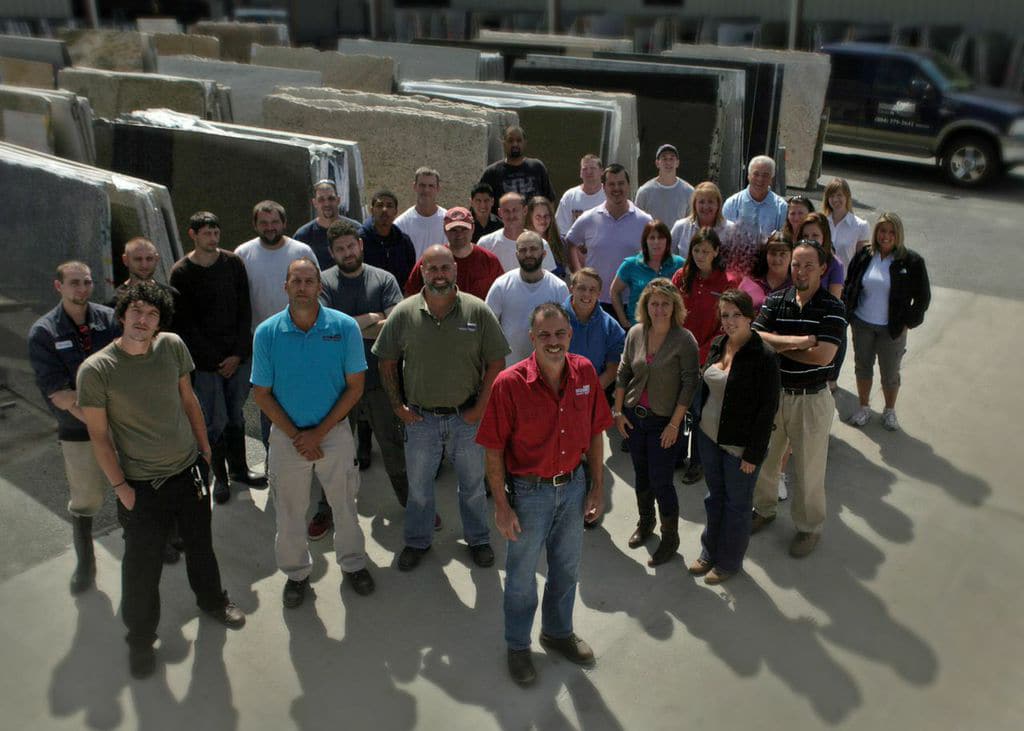The Square Foot Per Man-Hour Metric
Managing workflow in your countertop fabrication shop is always a bit of challenge. It seems either there is not enough work in the pipeline to keep everyone consistently busy, or the schedule is so full the fabricators and installers are working overtime just to keep customers satisfied. Neither scenario is ideal for Paul Menninger of Capitol Granite. Capitol Granite an $11 million/year company with three sales locations scattered around the Richmond, VA area.

“With respect to employee management, a company is going to lose money in one or two situations,” he says. “Either they have people standing around and not working as efficiently as they could, or they’re going to be spending a bunch of money on overtime in order to get the job done.”
The method Capitol Granite uses to manage projects is to enter each job into JobTracker with both a square foot total and a geographical area attached. The jobs are further classified using JobTracker’s Resources function to add qualifiers such as whether or not the project includes a tear-out of the previous kitchen, or if modifications are required to accommodate plumbing or electrical fixtures. All of those factors are then quantified into a square footage figure.
“By doing that we totalize on the Calendar view the amount of square footage we’re producing and weight it against what would be an equivalent square footage,” Menninger explains. “We follow a similar process for installations so that we’re not over-committing a crew or, conversely, making the schedule too light.”

Calculate the Man-Hours
Using JobTracker, Capitol Granite has, over time, documented how many man-hours it takes to template, fabricate and install each of the different types of kitchens it produces. “Now we know in a given day or week or month how many square foot we’ve produced,” he says. “We also know what our payroll is for that particular activity. Then we divide out how much is allocated to the template, to the production people, to installers and so on. And now we begin to develop the metrics.”
Thus, the metric that determines allocation of labor on the shop floor might be described as a ‘square foot per man-hour’ metric. “We’re running a little over 6 square feet per man-hour on the shop floor for people who touch the rock,” says Menninger. “For example, if we’re going to do 600 square feet in the plant and we know that we have 100 man-hours available, or basically 12 people on the floor working an eight-hour day ( 12 times eight being 96), that’s the way that we’re managing it. Now, if all of a sudden we are doing 1000 square feet we can reverse engineer that and say those 12 people need to be working until the job is done – but they are authorized up to whatever the math works out to be; a 13-hour or a 12-hour day, or whatever it is.”
To hear Paul discuss their countertop business metrics, Listen to StoneTalk »
